Description
Bharangi is oldest herb used in ayurvedic system which is very famous for healthy respiratory system and to give good rhythm to voice. Its common names are glory bower, bag flower and bleeding heart. Leaves are used to increase appetite and also has expectoration activities. Its flowers resemble to lotus. Bharangi was discovered by rishi “Bhrigu” thousands of years back.
Bharangi is perennial woody shrub with bluntly quadrangular stems. Leaves are usually three at node, 3-8 inch long, oval in shape with sharp thorns. Thorns of this plant are pulpy and oily. Flowers of this plant grow in bunches are slightly fragrant and pale blue pinkish in color. Fruits appear in group of 16 and after ripening color changes to purple black. Flowers of this shrub appear in summer season and fruits at the end of rainy season.
General Information
Bharangi is woody medicinal shrub used in ayurvedic system for his various medicinal properties. It is also called “Kasaghni” and is best used to cure respiratory system related diseases. Decoction prepared by leaves has bronchodilator effect. It is not toxic plant, flowers and leaves are also edible. Root of this plant is bitter, dry, anti-inflammatory, digestive, carminative, stimulant, expectorant and anti-spasmodic in nature. This herb contains hispidulin, 7-0 glucurodines, scutellarein, uncinatone etc. Its roots contain various chemical compounds like saponnins, D- mannitol, oleanic acid, steroidal glycosides, ferulic acid, arabinose and urosolic acid. Leaves are rich in luteoline, polyphonolics, carbohydrates, phenolics, terpenes and steroids.
Habitat
Bharangi is a medicinal shrub growing in tropical and warm regions of world. There are about 150 to 450 species of this plant and it is distributed throughout world. Especially, it is found in warm temperate regions and native of South Africa, Southern Asia and Malaysia and distributed in various regions of tropical America, Northern Australia, India and Sri Lanka. In India this plant is easily available in regions like Himalayan region, Bhopal, Bengal and Bihar. Red loam soils are best for the growth of this herb.
Classification
- Kingdom – Plantae
- Order – Lamiales
- Family – Lamiaceae
- Subfamily – Teucrioideae
Ayurvedic Properties
| Hindi / Sanskrit | English | ||
| Rasa | Katu, Tikta | Taste | Pungent, Bitter |
| Guna | Laghu, Ruksha | Physical Property | Light, Dry |
| Virya | Ushna | Potency | Hot |
| Vipaka | Katu | Metabolic Property (After Digestion) |
Pungent |
Effects On Doshas
It balances kapha and vatadoshas.
| CharakSamhita | SushrutSamhita | Ashtangasanghrah | Ashtanghridya |
| Pureeshsanghrehniya – Herbs used to increase the bulk of feces. | Pipalyadigana. | Pipalyadigana | Akradi and Sursadigana |
Practical Uses Of Bharangi
- Kasaghni is common name of this herb and is used to cure common cold, cough, tuberculosis, rhinitis, Asthma(shwasaroga), chronic respiratory disorders and their underlying symptoms.
- Decoction of leaves acts as bronchodilator and mucolytic in nature and it is used to break down phlegm, extra mucus and eases it out from body.
Paste of bharangi leaves are used in lymphadenopathy. - Root of this herb is used to treat jaundice and various disorders associated with liver.
- It is helpful in the pacification of vatadosha and is useful in rheumatic conditions, gout and joint pain.
- Bharangi has anti-microbial properties and used in various worm infestations.
It acts as appetizer and used to stimulate digestive fire. - Root paste of Bharangi applied on forehead relieves headaches.
- Decoction of this herb is used to cure cyst, raktagulam and uterine fibroids.
- Paste of leaves are applied on wounds and ulcers to extract out extra pus and relieve burning sensation. It is also helpful in the quick healing of abscesses.
- It is also used to cure abdominal tumors.
- This herb has anti-inflammatory properties and reduce inflammation.
- It pacifies vata and kapharoga.
Dosage
Powder : 3-6 gm
Part Used
- Roots
- Leaves
Side Effects
There are no side effects of this herb.


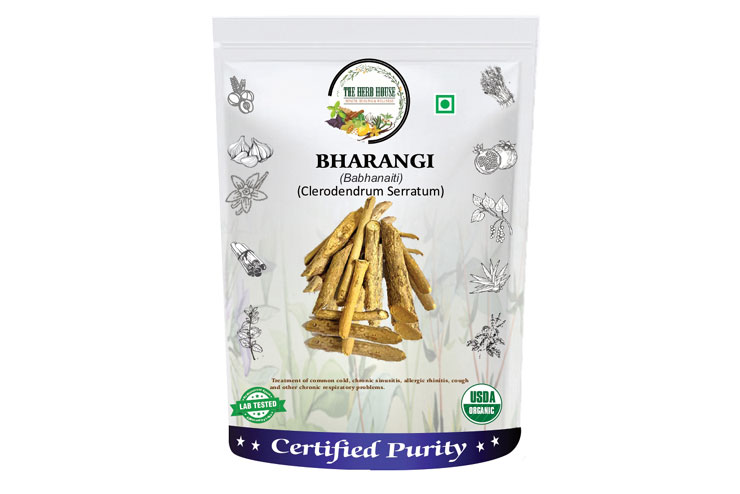
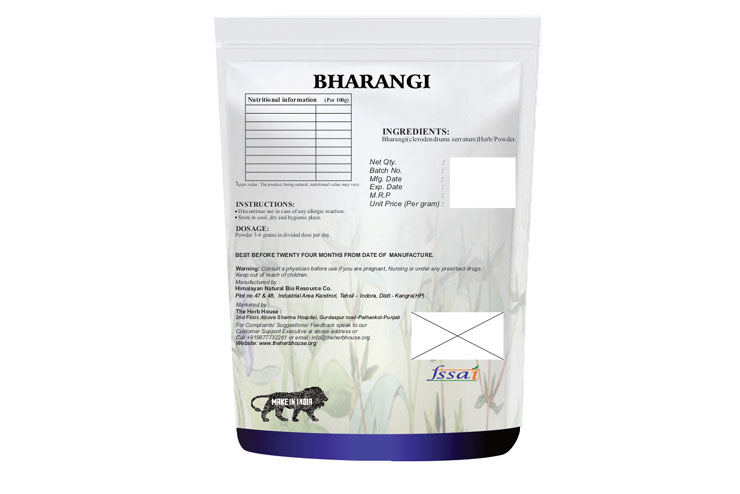
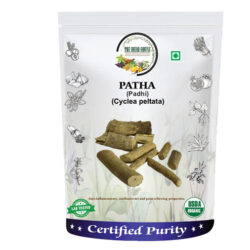
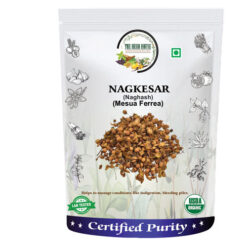
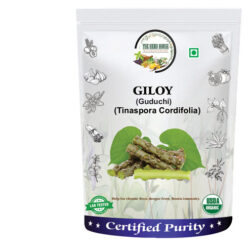
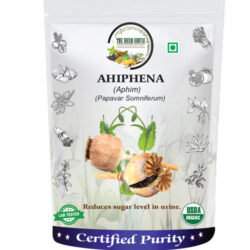
Reviews
There are no reviews yet.